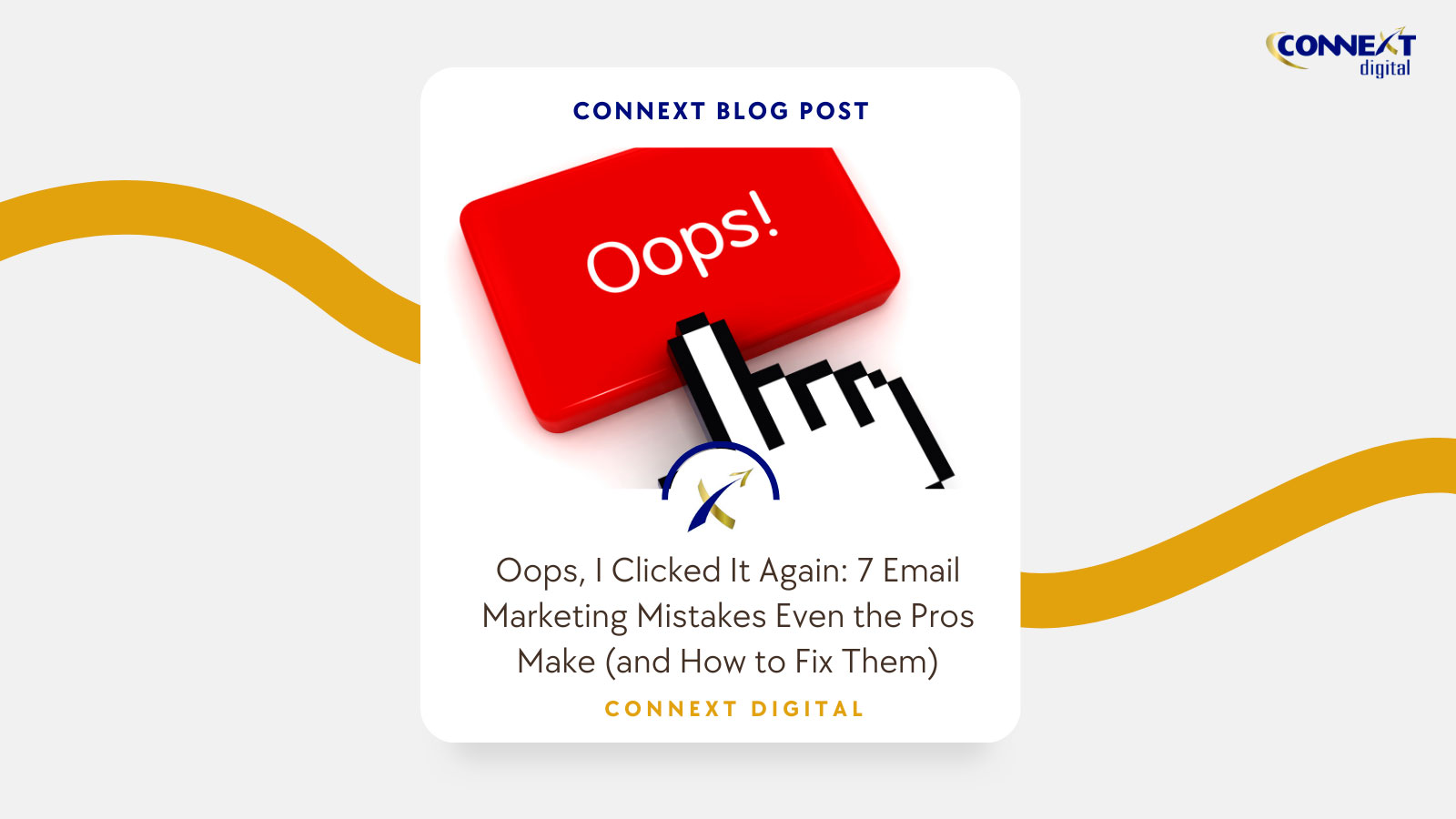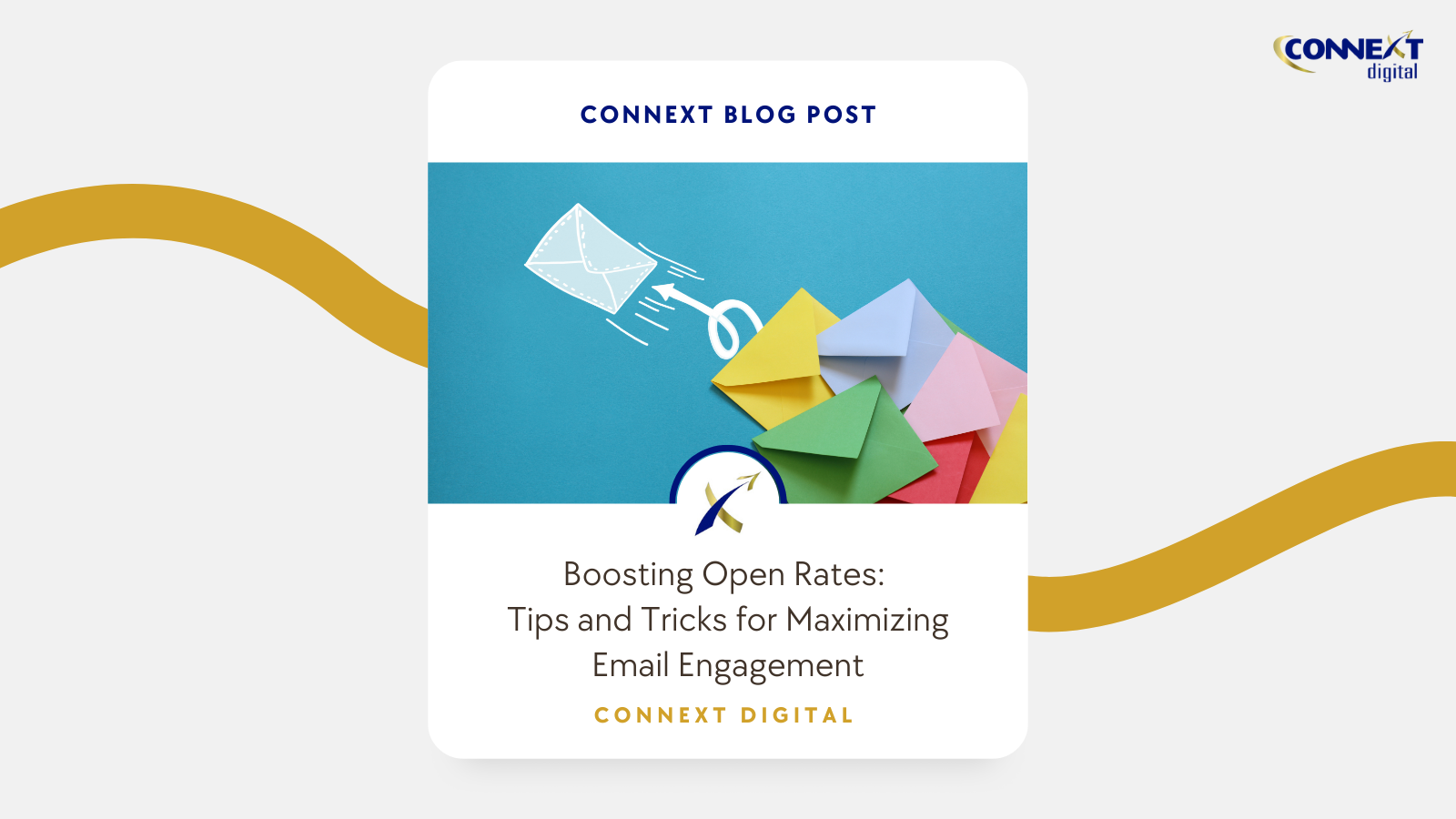
The 10 Most Important Content Performance Metrics
Content marketing has been around for over a hundred years. However, it becomes widely mainstream with the rise of the Internet age.
Brands started incorporating online content marketing tactics to elevate their campaigns, mainly on social media since these networks serve as an excellent space for distributing content. Modern content marketing aims and remains to be shareable, on-demand, and accessible across the globe thanks to the immediacy of the Internet.
The Issue of Measuring Content Marketing
While there are 37% of marketers who have a content marketing strategy, there’s an unfortunate 38% who don’t document their efforts. Chances are, this percentage might fail to accurately measure their content marketing performance, making it difficult to track ROI.
So you don’t end up in the same boat, here are 10 of the most important content performance metrics you need to track to get a holistic idea of your content’s success:
The Most Important Content Performance Metrics to Track
1. Conversion Rate
To an extent, the purpose of most campaigns is to drive conversions from visitors. This could be soft conversions (e.g., email subscriptions), hard conversions (e.g., product or service purchase), or something in between like interacting with lead magnets.
It’s only reasonable that you track your organic conversion rate to see your visitor’s behavior, such as performing an action towards a goal. Track your leads, email signups, analytics, and sales to determine the conversion rate of your page.
2. Mobile Rankings
Since Google is moving towards mobile-first indexing, it’s becoming more and more crucial to understand how your website and content perform for mobile search. You need to ensure that it’s optimized for mobile to let search engines mine and index your page in the most efficient way possible, helping you rank up the search engine results pages (SERPs).
3. Onsite Engagement
Content marketing is all about calling the attention of your audience to head to your site. However, success lies in whether or not you’re able to keep your visitors on-site. If you find that you have returning visitors and a low bounce rate, that’s an indication that your content is working and you have higher chances of generating leads and sales from your website content.
Review your engagement metrics. Look at your page’s average session duration, bounce rate, and pages per session to see how engaged visitors spend their time on your website.
4. Website Traffic
Web traffic is the cornerstone of content marketing. After all, without traffic, how can you generate revenue? That’s why it’s essential to check how much traffic your page or a piece of your content is getting.
When you identify the source of your traffic, you’ll find which component of your marketing strategy is generating the most traffic, with high chances of converting. Likewise, this will also show which parts of your campaign are a waste of time and resources.
5. Click-Through-Rate
This may depend on the nature of your site or business. If you’re executing and allocating budget for SEO campaigns, the click-through-rate (CTR) is an essential metric to track. You need to know whether your ad dollars are going to waste or generating sales. If people aren’t clicking on your ads, then you need to review and re-evaluate your ad targeting, settings, and placements.
6. Sharing Metrics
Users share content that is useful, relevant, informational, entertaining, and valuable. If your content is generating shares across the board, that’s a clear sign that you’re publishing the kind of content your target market wants.
Roughly 83% of consumers trust peer referrals over advertising. This being the case, off-site engagement tracking is also essential for evaluating your content marketing ROI.
7. Backlinks
Backlinks are the foundation of SEO marketing success. Thus, you need to review what kind of sites are linking back to you. Also, find out how to guarantee that your pieces of content are worth citing moving forward.
Set specific goals for the results you wish to achieve. For instance, if you plan on producing pillar content to attract backlinks from high-authority sites and boost your search ranking, make sure to monitor:
- backlinks to that post
- backlinks to your website domain
- your search engine rankings after posting the content
8. Keyword Rankings
Keywords play a huge role in driving impressions and search engine rankings. As such, it’s vital to keep track of your ranking position for your business’ target keywords/phrases. However, you need to look beyond a list of 10 or so keywords to discover which ones actually generate traffic to your site.
Take advantage of SEO keyword research tools to see a complete list of the keywords that drive traffic to your website. From there, you can improve your approach and content strategy to align with the queries to which your content should show up.
9. Retention Metrics
Retention metrics demonstrate how good your site performs in holding onto your audience’s attention whenever they visit. It shows how many people are returning to view other content and how often they come back, and the number of users subscribing to receive any content updates. The stats help you see whether your content is keeping users engaged.
For blog posts, you can measure retention by tracking the bounce rate, the number of visits and days since the last visit; and percentage of returning vs. new visitors.
10. Email Opt-In Rates
While this may not be a top priority metric for marketers, it’s still an important aspect to monitor. Email is a personal and direct marketing channel. The mere fact that a visitor signs up to subscribe for more content or updates indicates that they find your website valuable, and hope for more related content.
With this knowledge, you can use relevant lead magnets (e.g., blog post, whitepaper, pillar pages) as a tactic to keep email subscribers engaged.
Wrapping up
As you can see, it’s vital to keep track of the relevant content metrics to measure your content performance and campaign success accurately. However, your indicators of success vary on the goal of your content marketing campaign.
The age of digital marketing—specifically content—is indeed upon us. Pay close attention to the metrics above to effectively measure content marketing success and ensure you’re making the right impact online.
Want to know how you can interpret the data from these content performance metrics? Contact us today!





